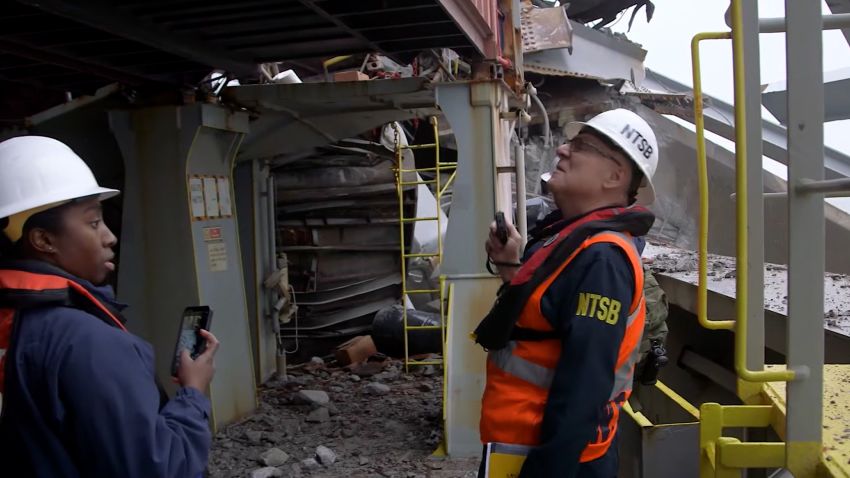What we covered here
- A massive cleanup effort is underway in Baltimore after the collapse of the Francis Scott Key Bridge this week. The Chesapeake 1000 – the largest crane on the East Coast – is docked nearby to help clear debris and reopen a cargo channel that’s vital to the local and national economy.
- A very heavy portion of the collapsed bridge is on top of the ship and must first be cut into pieces for it to be lifted, Maryland’s governor said, describing the process of clearing the channel as “remarkably complex.”
- The federal government has given the $60 million requested by the governor as a “down payment” on the work. The cargo ship’s massive crash into the bridge will likely lead to billions of dollars in liability claims.
- The bodies of two of the six construction workers who died have been recovered, and officials hope the bodies of the other four men will eventually be retrieved from the water.
Our live coverage has ended. Read more about today’s news from Baltimore in the posts below.







